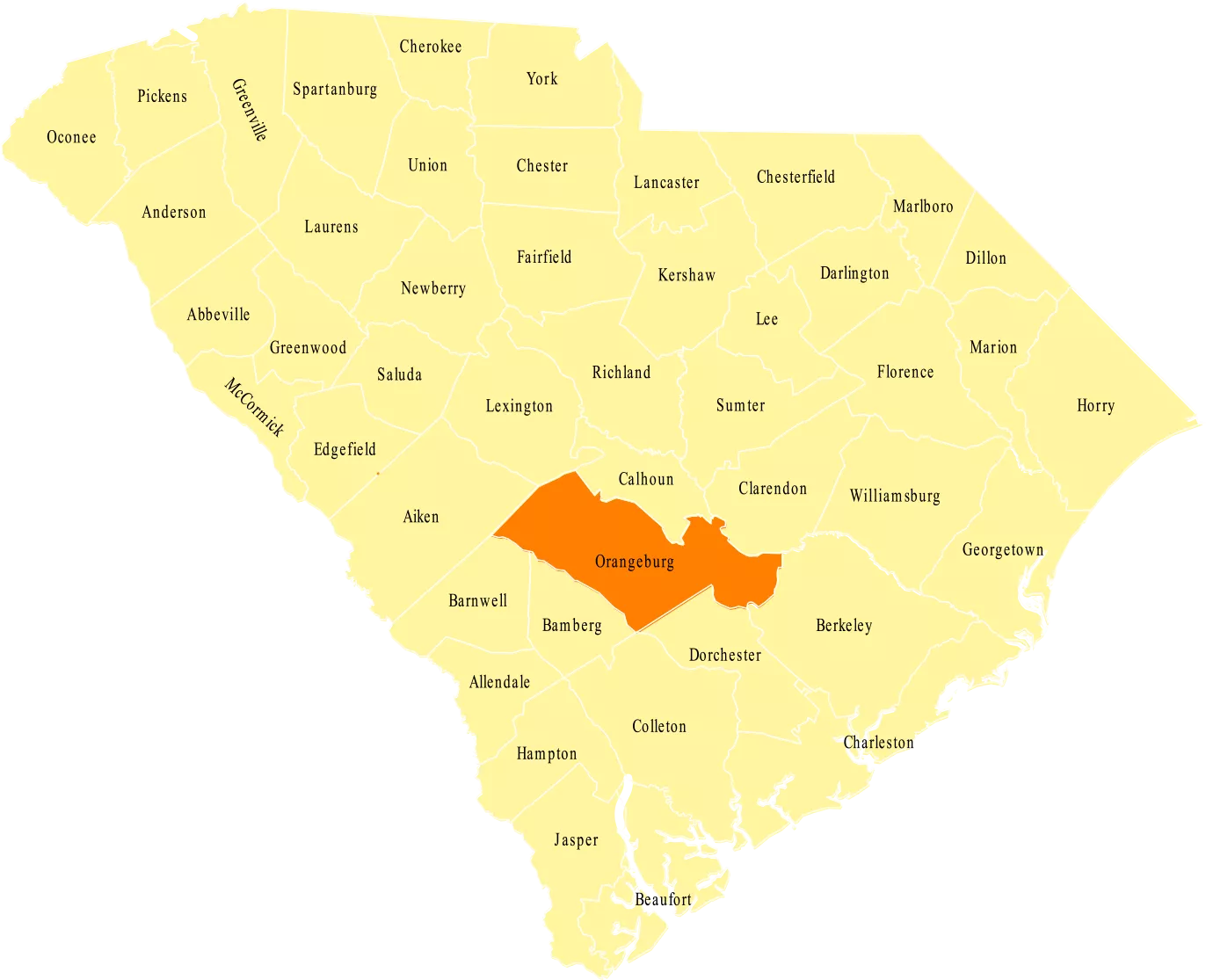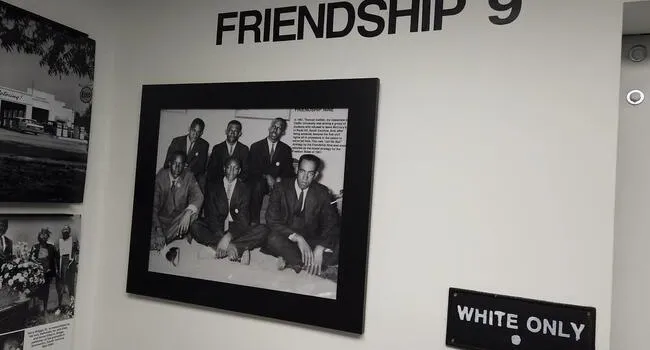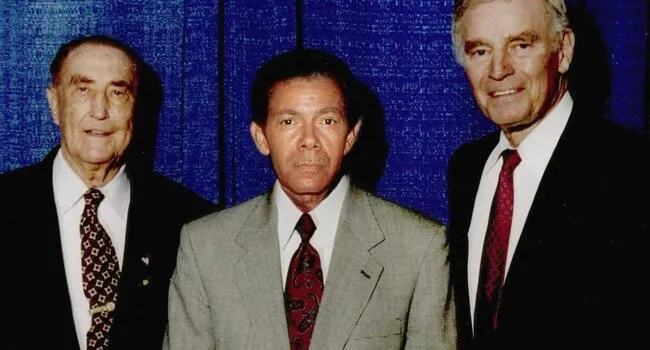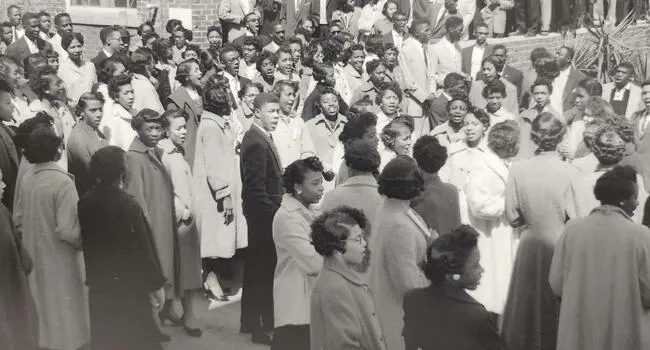
Video
Learn about Cecil Williams’s fascinating encounter with John F. Kennedy before he became President of the United States.
Orangeburg County was founded as Orangeburg District in 1769. The county and county seat’s namesake was William IV, otherwise known as the Prince of Orange. Notable residents include Tony, Grammy, and Emmy nominee Eartha Kitt.
The lands now known as Orangeburg County were first settled by Swiss and German farmers in the early 18th century, with English settlers from the Lowcountry arriving soon after. In the 19th and 20th centuries, the district became smaller as lands were taken to create the Barnwell and Lexington Districts as well as Aiken and Calhoun counties.
Both the Revolutionary War and the Civil War had an impact on the county. The last battle of the Revolutionary War fought in South Carolina, the battle of Eutaw Springs, occurred in Orangeburg County. Additionally, Sherman’s troops traveled through the county during the Civil War. Orangeburg County also made history as the home of South Carolina’s first railroad junction in 1840. Unfortunately, the county is likely best known for the Orangeburg Massacre, when South Carolina police killed three South Carolina State College students involved in a civil rights demonstration in 1968.
In the 19th century, large cotton plantations began to appear in Orangeburg County, and cotton remains one of the main crops grown in the area. Recently, the economy has experienced growth due to its location between Columbia and the port of Charleston. Record-breaking development has occurred in industry, especially manufacturing, as well as retail.
About Eartha. Accessed June 10, 2016. http://www.earthakitt.com/eartha/
Economic Development. Accessed June 10, 2016. http://www.orangeburgchamber.com/
Welcome to Orangeburg County. Accessed June 10, 2016. http://www.orangeburgcounty.org/

Video
Learn about Cecil Williams’s fascinating encounter with John F. Kennedy before he became President of the United States.
Video
Learn about the Briggs v. Elliott court case - The first in history to challenge segregation in public education. Joseph DeLaine, Levi Pearson, and Harry Briggs all played pivotal roles in this...
Video
Cecil's career and life are described as essential in helping people understand the history, the sacrifices, and the victories of the movement. His dedication and ability to capture powerful moments...
Video
Cecil Williams's SC Civil Rights Museum is a significant archive of civil rights history, preserving photographs and artifacts from the movement. Cecil Williams took on the role of curator, sharing...
Video
Cecil's frustration with racial barriers in his dream of becoming an architect fueled his innovative spirit. He embarked on a journey of self-learning, eventually designing houses, including one with...
Video
As a photographer, Cecil Williams documented critical moments in the civil rights history of South Carolina. Through his photography, he captured significant images of the statehouse with its evolving...
Video
This chapter explores the complex relationship between Cecil Williams and Strom Thurmond, a prominent figure in South Carolina politics with a history of segregationist policies. Cecil Williams, who...
Video
This segment focuses on the actions of the state legislature in South Carolina, led by Governor George Bell Timmerman, to pass laws making it illegal to belong to the NAACP. Teachers in Elloree...
Video
The first segment of The World of Cecil: Part Two focuses on a labor strike in Charleston, South Carolina, in 1969, where hospital workers, predominantly Black women, were fighting for fair pay and...
Video
In the final segment of The World of Cecil: Part One, the documentary recounts events from 1968 when students from South Carolina State University, led by John Stroman, attempted to desegregate the...